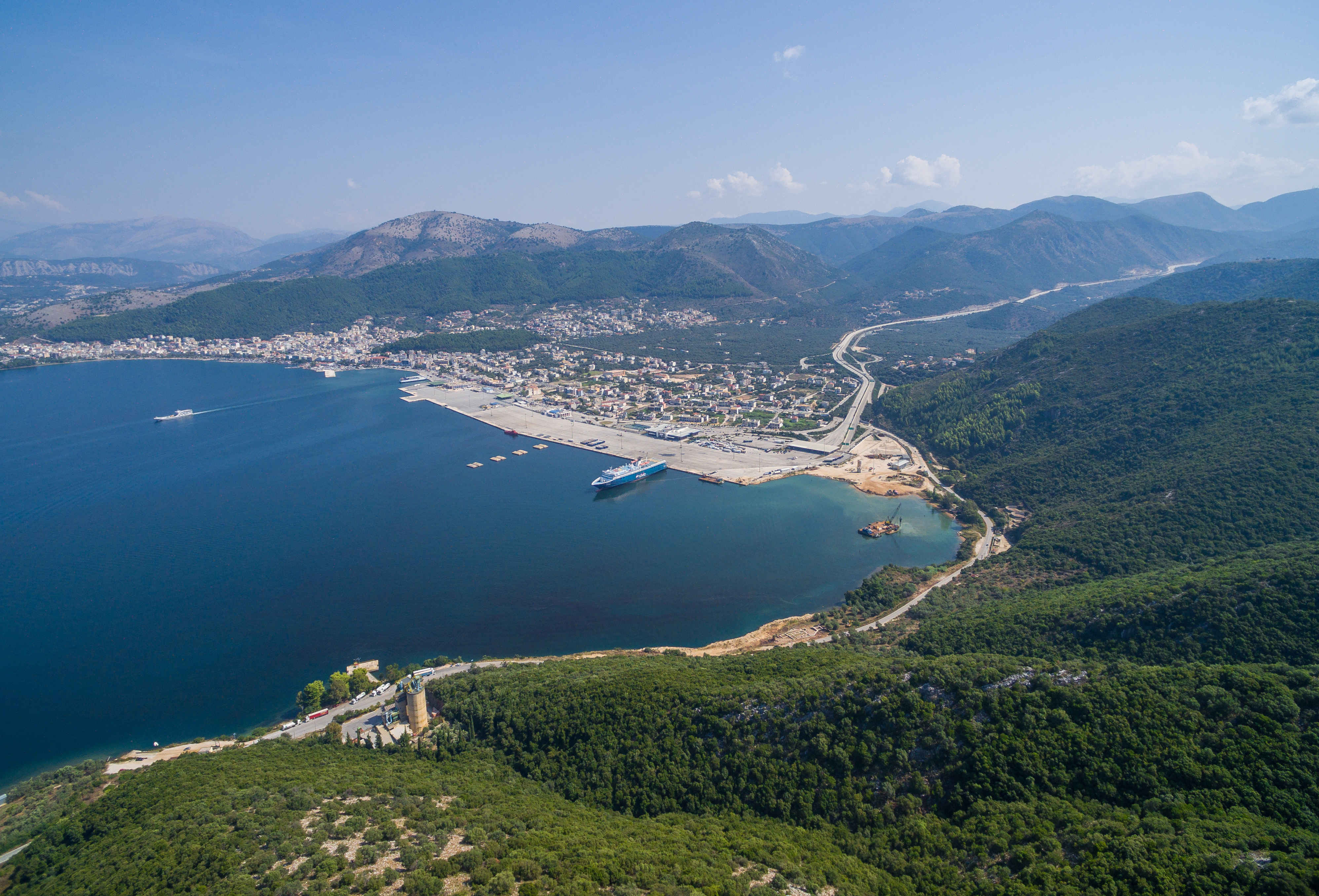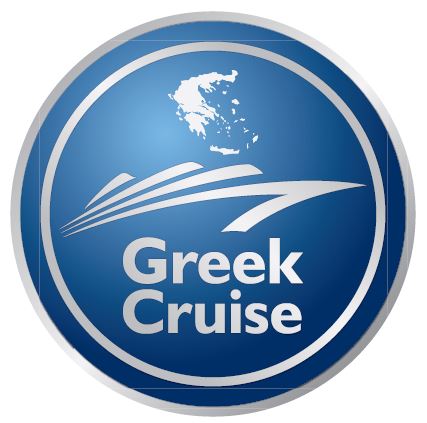Chronology
Although the area of Thesprotia was inhabited since prehistoric times, there is no archaeological evidence to support the existence of settlements in the current region of Igoumenitsa and its port. It seems that these areas were inhabited much later.
There is no information about the Port during the Archaic, Classical and Hellenistic periods. There is only a reference to the settlement of Ladochori, as testified by archaeological finds from the Roman era. The area’s port however seems to be used only as an occasional anchorage. The next references come from 1285. During the Ottoman Empire, a small fort was built in Grava; this played an important role in the Turkish – Venice wars and was blown up by the Venetians in 1685. The area’s port was not deemed important and thus marked no growth until 1908.
In 1912, Thesprotia was integrated into the Greek state, with its provinces shared between the prefectures of Ioannina and Preveza. New arrivals gradually settled in the town until the 1930s, which in 1936 had around 750 residents.
The town’s location as a port opposite Corfu attracted ship owners. They thus included stops at Igoumenitsa twice a week in their itineraries. In the absence of port facilities, passengers were transported by boat and the goods were loaded and unloaded using barges.
In 1925, the residents asked for the port’s connection via a highway with the city of Ioannina and in 1928 the government decided to build the port of Igoumenitsa. Emergency Law 353 of 1936 founded the prefecture of Thesprotia, with Igoumenitsa as capital. The port had a small jetty for the mooring of motorboats, barges and boats and a shed for the storage of goods.
The situation remained unchanged until 1950 when the ferry boat connection of Greece and Italy via the Patras-Igoumenitsa-Corfu-Brindisi line was decided. The works for the further development of the port began in 1958 and were delivered in 1960.
Until 1996, this natural harbour in the cove of Igoumenitsa bay was bounded by two piers, one in the north and one in the south. The north pier was 100 meters long and 30 meters wide. That is where the ferries on the Greece – Italy line anchored.
The south pier was 100 m long and 125 m wide and was the main pier of the port. It served both ferries on the Greece-Italy line and the tankers and cargo ships arriving at the port. Between the two piers there was a 480 m-long breakwater. Day-boats and excursion boats on the Corfu – Igoumenitsa line, as well as tourist and fishing vessels (mainly in the northern coastal zone) moored at the coastal platforms. The until recently existing channel (water channel) was approximately 9 meters long, which was sufficient for the crossing of the ferries, but was of limited width, allowing passage in only one direction each time.
This port is the existing “Old Port” that served domestic and international routes. The first ship to be used on the route was the “Egnatia” of the Greek company ELMES (Ellinikai Mesogiakai Grammai). In this framework, a year later, in 1961, the newly built ARRIA of ADRIATICA was used. And not competitively, but as a consortium. The choice of names was not random; the ships bore the names of the two great routes of the Roman empire. APPIA was the route connecting Rome to Brindisi, while EGNATIA was the route connecting Dirrachio to Istanbul.
EGNATIA was built in France in 1960. It was 115.42m long, 17.3 wide and had 4.11m draft, reaching a speed of 18 miles/hour. It could carry 115 cars.
The route was very busy and, thanks to its size and luxury, Egnatia caused the admiration of all who saw or travelled on it, enjoying its amenities. Until the end of the 1980s, it performed the Igoumenitsa – Corfu-Brindisi route and twice weekly it stopped at the port of Patras.
















